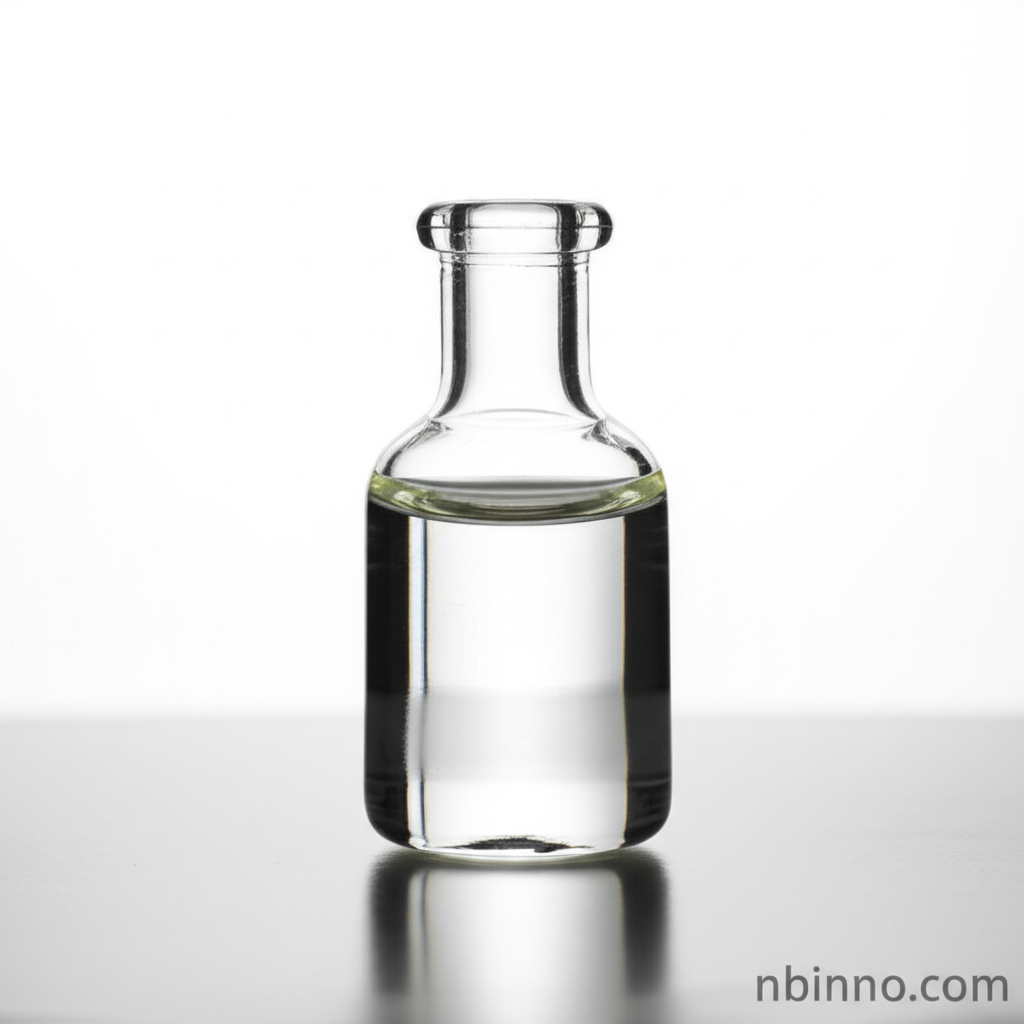Triisopropyl Borate (CAS 5419-55-6): Synthesis, Applications, and Advanced Properties
Explore the synthesis, critical applications, and unique properties of Triisopropyl Borate, a vital organoboron compound.
Get a Quote & SampleProduct Core Value

Triisopropyl Borate
Triisopropyl Borate, identified by CAS number 5419-55-6, is a versatile organic boron compound that serves as a critical intermediate in numerous chemical synthesis pathways. Its unique properties make it indispensable in advanced materials science, particularly in semiconductor manufacturing and polymer chemistry.
- Unlock advanced organic synthesis with Triisopropyl borate applications, a key reagent for forming carbon-boron bonds essential for creating complex molecules like boronic acids.
- Discover the role of Triisopropyl borate CAS 5419-55-6 as a vital component in semiconductor boron diffusion source, enabling precise p-type doping in silicon wafers.
- Enhance polymer properties with Triisopropyl borate, utilizing its capabilities as a crosslinking agent to improve mechanical strength and thermal stability in various polymeric materials.
- Leverage Triisopropyl borate as a Lewis acid catalyst in reactions such as esterification and N-sulfinyl imine formation, promoting efficiency and selectivity.
Key Advantages Offered
Versatile Chemical Intermediate
As a crucial building block in organic synthesis, Triisopropyl borate facilitates the creation of boronic acids and esters, vital for Suzuki-Miyaura coupling and other C-C bond formations.
Advanced Materials Precursor
Its utility extends to materials science, serving as a boron source for atomic layer deposition of doped zinc oxide, crucial for transparent conductive applications.
Enhanced Process Efficiency
Its role as a Lewis acid catalyst in condensation and esterification reactions streamlines chemical processes, leading to higher yields and improved product purity.
Key Applications
Organic Synthesis
Triisopropyl borate is indispensable for producing boronic acids and esters, critical intermediates in palladium-catalyzed cross-coupling reactions, enabling the synthesis of complex organic molecules.
Semiconductor Industry
It functions as a semiconductor boron diffusion source, crucial for doping silicon wafers to create p-type regions essential for electronic devices.
Polymer Chemistry
Used as a crosslinking agent, it enhances the mechanical properties and thermal stability of polymers, and as a precursor for boron-containing polymers.
Materials Science
It serves as a boron precursor in Atomic Layer Deposition (ALD) for creating B-doped ZnO films used in optoelectronics and solar cells.
